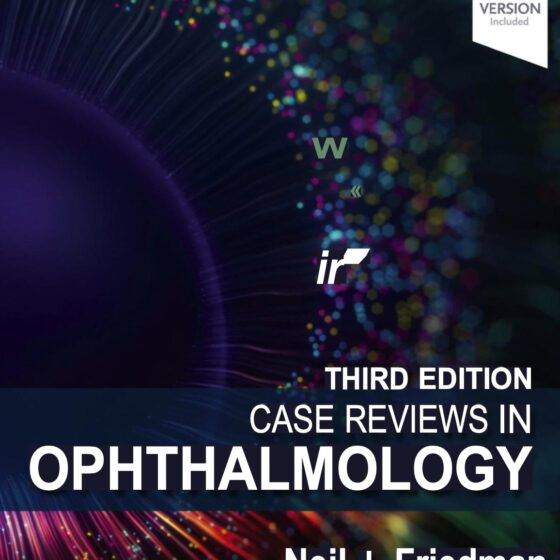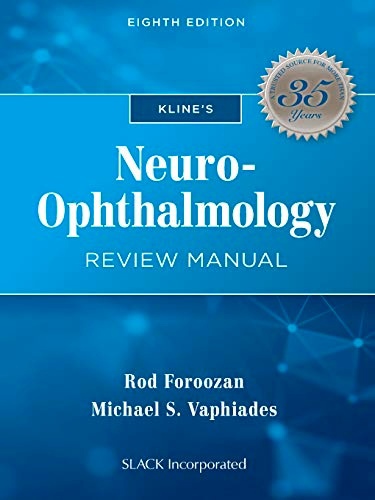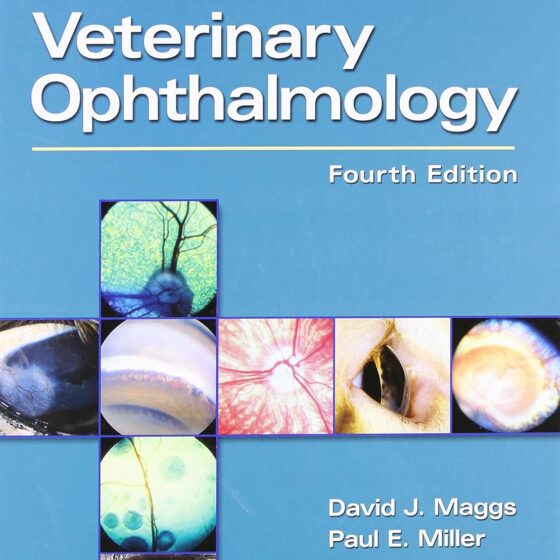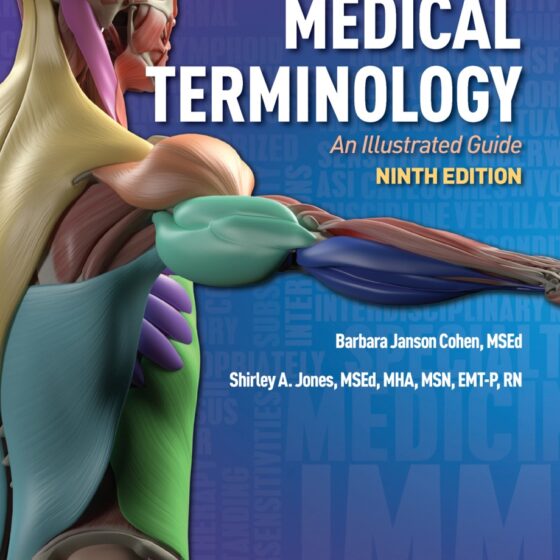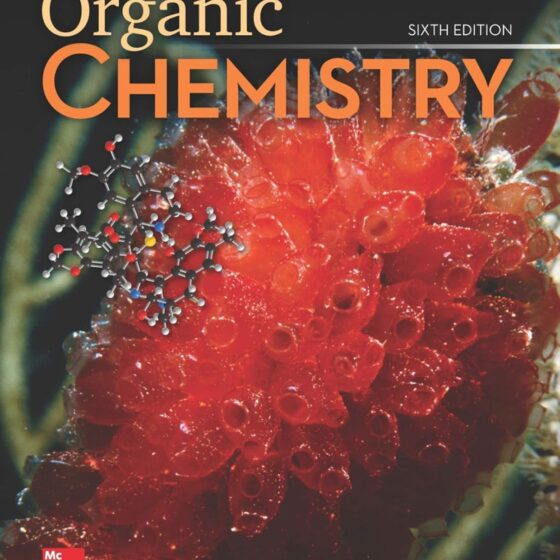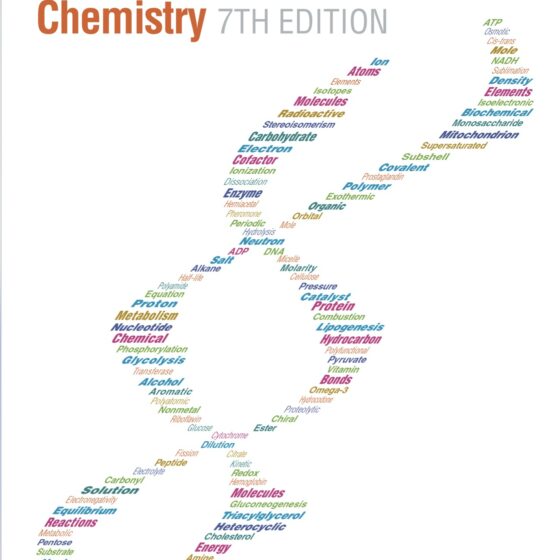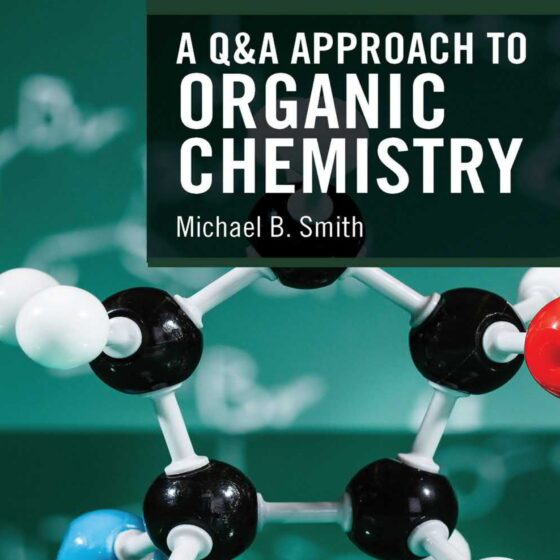Case Reviews in Ophthalmology (Friedman) 3rd edition (2022)
Using a highly effective case study format, Case Reviews in Ophthalmology, 3rd Edition, incorporates both medical knowledge and clinical judgement to help you achieve the best possible results on practical exams. This carefully compiled study resource provides more than 165 relevant cases covering every aspect of the field: optics/refraction, neuro-ophthalmology/orbit, pediatrics/strabismus, external disease/adnexa, anterior segment, and posterior segment. Large photos highlight each case, enhancing your knowledge and reinforcing key aspects of diagnosis. Helps you prepare for examinations and clinical practice with real-world patient scenarios (19 new to this edition) with accompanying images, questions, and answers. Covers the most important and relevant aspects of each topic in a concise, bulleted

